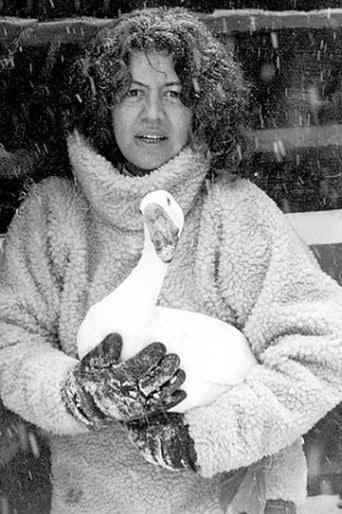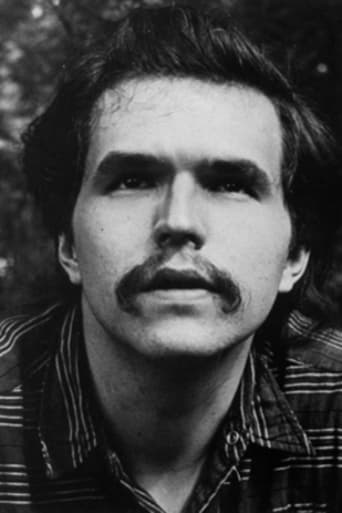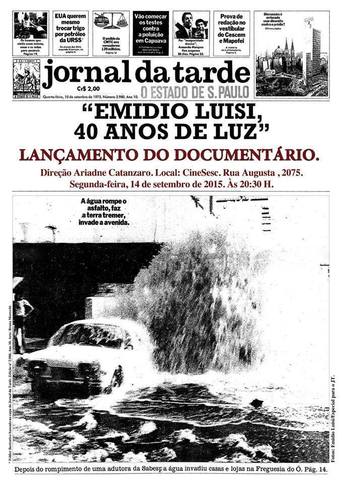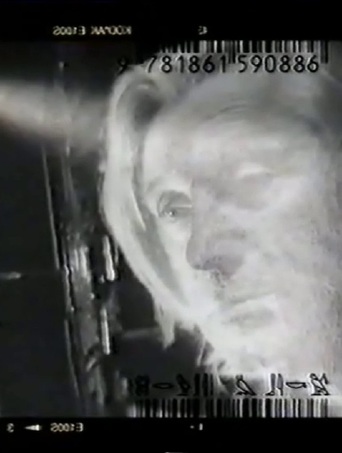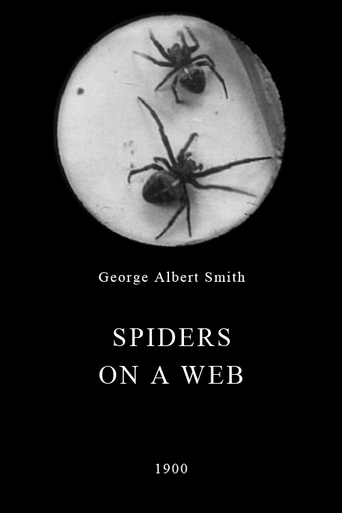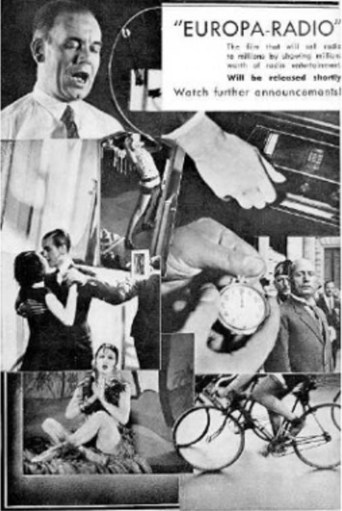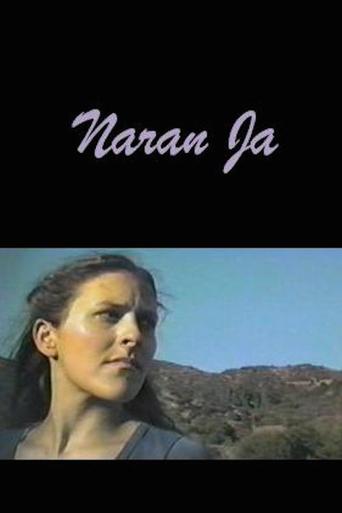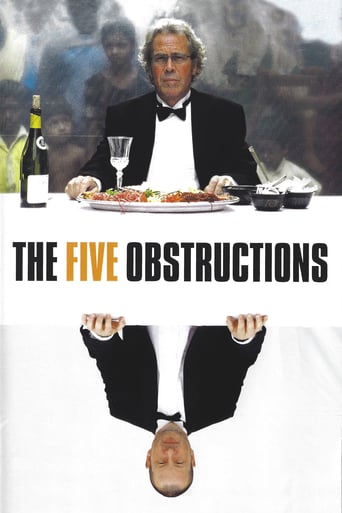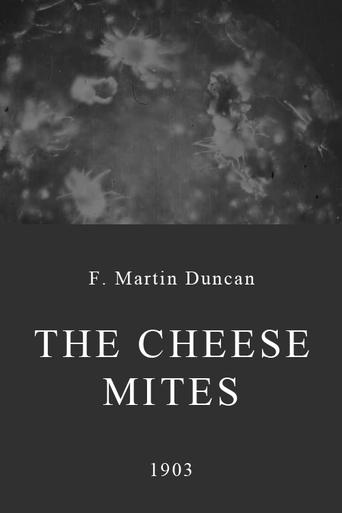
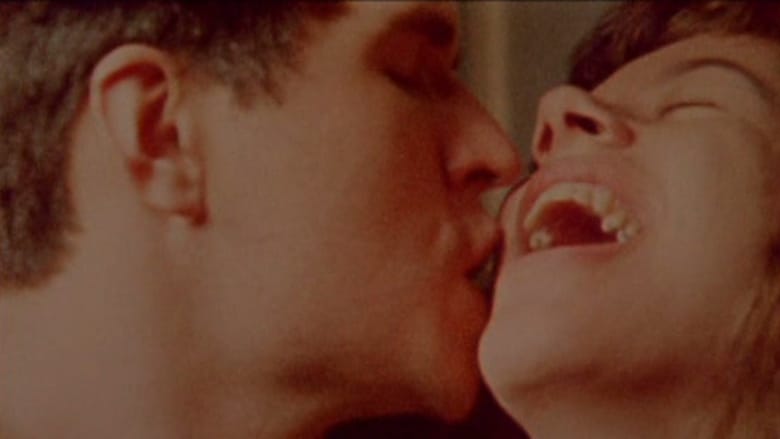
Window Water Baby Moving (1959)
On a winter's day, a woman stretches near a window then sits in a bathtub of water. She's happy. Her lover is nearby; there are close ups of her face, her pregnant belly, and his hands caressing her. She gives birth: we see the crowning of the baby's head, then the birth itself; we watch a pair of hands tie off and cut the umbilical cord. With the help of the attending hands, the mother expels the placenta. The infant, a baby girl, nurses. We return from time to time to the bath scene. By the end, dad's excited; mother and daughter rest.
Watch Trailer
Cast


Similar titles
Reviews
"Window Water Baby Moving" is possibly influential experimental filmmaker Stan Brakhage's most well-known film. In this masterpiece, he simply documents the birth of his first child. And it is possibly the greatest film he's ever made.To be fair, I haven't seen Brakhage's "Dog Star Man", which also looks like a masterwork, but whether or not it is truly his best film, it is still a beautiful film.Stan Brakhage uses his normal fast paced, experimental editing that has been used in his other documentary works (ex. "The Act of Seeing with One's Own Eyes"), as well as some very artistic, and highly experimental, camera-work. Brakhage's documentary films aren't just simple home movies, but great works of art, just look at the film! Every shot is an artistic masterpiece, and it is a truly great document of life and love.Although the film uses highly graphic imagery to tell it's story, it is really a sweet document. Yes, the birth is shown in EXTREME detail, but, at the end, you see how loving these new parents are. The mother (Jane Brakhage) holds her newborn in her arms, and the father (Stan Brakhage) looks greatly excited and happy, he's hoping up and down, with a great smile on his face.Stan Brakhage has proved himself, in my opinion, to not only be one of the great experimental filmmakers, but of of the great documentary filmmakers, as well.
Some amazing footage of the birth of Brakhage's 1st child, shot with great explicitness, with no holding back- we see the 'birth' of the placenta, the baby crowning, etc. And while this is as explicit a birth as I've seen, the setting (at home) and the feeling of intimacy make it anything but clinical, or exploitive. It's really quite sweet. On the other hand, Brakhage's insistence on rapid jump cuts, self-consciously oblique angles, etc worked in the other direction, pushing me away from a straightforward emotional experience. Which was, of course part of the intent. In making it not a documentary, but a subjective, somewhat surreal film, it seemed to be trying to go beyond a simple well-made telling. For me that worked well at times, but at others I'll admit to longing to finding the effects frustrating and not understanding exactly what they were trying to communicate emotionally or intellectually.Beyond it's merits as a film, it was also important in that this kind of footage simply didn't exist at the time. It was initially seized by the Kodak lab, and Brakhage had to get a note from the doctor involved explaining it wasn't pornography (!). The film was part of the beginning of the movement towards accepting childbirth as beautiful and without need to be hidden, that fathers can and should be in the room to witness and take part, and that big white hospitals aren't the only place to have a baby. So it had an impact on a social as well as a cinematic level.
Quite a few years ago, I attended a secondary school excursion to the Melbourne Museum, where we focused primarily upon the science of the human body. As part of the tour, we also attended a screening for the IMAX film 'The Human Body (2001),' which used some nifty film-making techniques to demonstrate the workings of our organs, bones and muscles. The documentary even delved into the subject of reproduction, though I couldn't help noticing that the newly-born infant emerged in an peculiar state of utter cleanliness. Avant-garde Stan Brakhage apparently had no such inclinations towards prudishness. Perhaps his most notorious film, 'Window Water Baby Moving (1959)' {filmed in November 1958} documents in unflinching detail the birth of his first-born daughter, Myrrena Brakhage. Unlike the bewildering 'Mothlight (1963),' this is a Brakhage film that one doesn't need to decipher; the editing and images tell the entire story, not just of a human birth, but of the tender emotional bond between husband and wife, parent and child, and the all-seeing lens of the movie camera.As a warning to potential viewers, 'Window Water Baby Moving (1959)' doesn't recoil from capturing the most intimate (and explicit) moments of the baby's delivery. Events that would ordinarily be glossed over in other films, such as the cutting of the umbilical cord, or the ejection of the placenta (which looks just as painful as getting the baby out), are documented in detail, over a 13-minute running time that feels substantially longer. Being a student of biology myself, I felt confident that I could manage well enough, though the truth is that I'm a complete prude. In fact, I probably should have filmed myself watching the film, because my facial expressions must have betrayed something akin to revulsion on at least one occasion. However, as soon as that tiny head emerged from the necessary orifice, I began to understand this "miracle of birth" that people talk about so frequently. Even this term, however, is a misnomer, given that there's absolutely nothing miraculous about reproduction in fact, it's perhaps the most natural phenomenon of all.Brakhage's film surprised me in that I had expected a straightforward, literal documentation of the childbirth process, filmed in that continuous hand-held manner that characterises most modern home movies. However, his use of editing really breathes emotion into every scene. Even throughout the most crucial moments of the delivery, Brakhage cuts to shots of his wife, Jane, sharing an affectionate smile with the camera (behind which stands her husband, of course), or the couple's tightly-clasped hands, the husband offering his love and support during a time when the male was typically ejected from the room. 'Window Water Baby Moving' is a movingly personal ode to the immortal bond of family, and to cinema's ability to capture and bottle these emotions as best as it can. Brakhage obviously found this documentary excursion to be a worthwhile endeavour, because he repeated the effort several years later with 'Thigh Line Lyre Triangular (1961),' to record the birth of one of Myrrena's siblings. Not for the faint-hearted, but an unmissable avant-garde experience.
I saw this short a few days ago at the Rotterdam Film Course for the International Rotterdam Film Festival and it blew me away. I had read some information about this short and wasn't that impressed, after all there are loads of programmes nowadays on TV that handle this subject as entertainment fodder.What I did not know up front was the fact that Stan Brakhage never uses sound. That's probably where the power lies. The pictures were so incredibly strong and vibrant because of lighting, color and the sheer graphic visions Brakhage presents to the viewers that sound would have been distracting to say the least.The pictures are not for the easily spooked persons or women who are thinking about having a baby. This is a straightforward account of child birth with all the gore, blood and beauty that accompanies it. It opened my eyes, 'cause I had never seen anything like it before in my life, and it is after all the most natural happening in the world.After 13 minutes you will be left breathless.10/10


